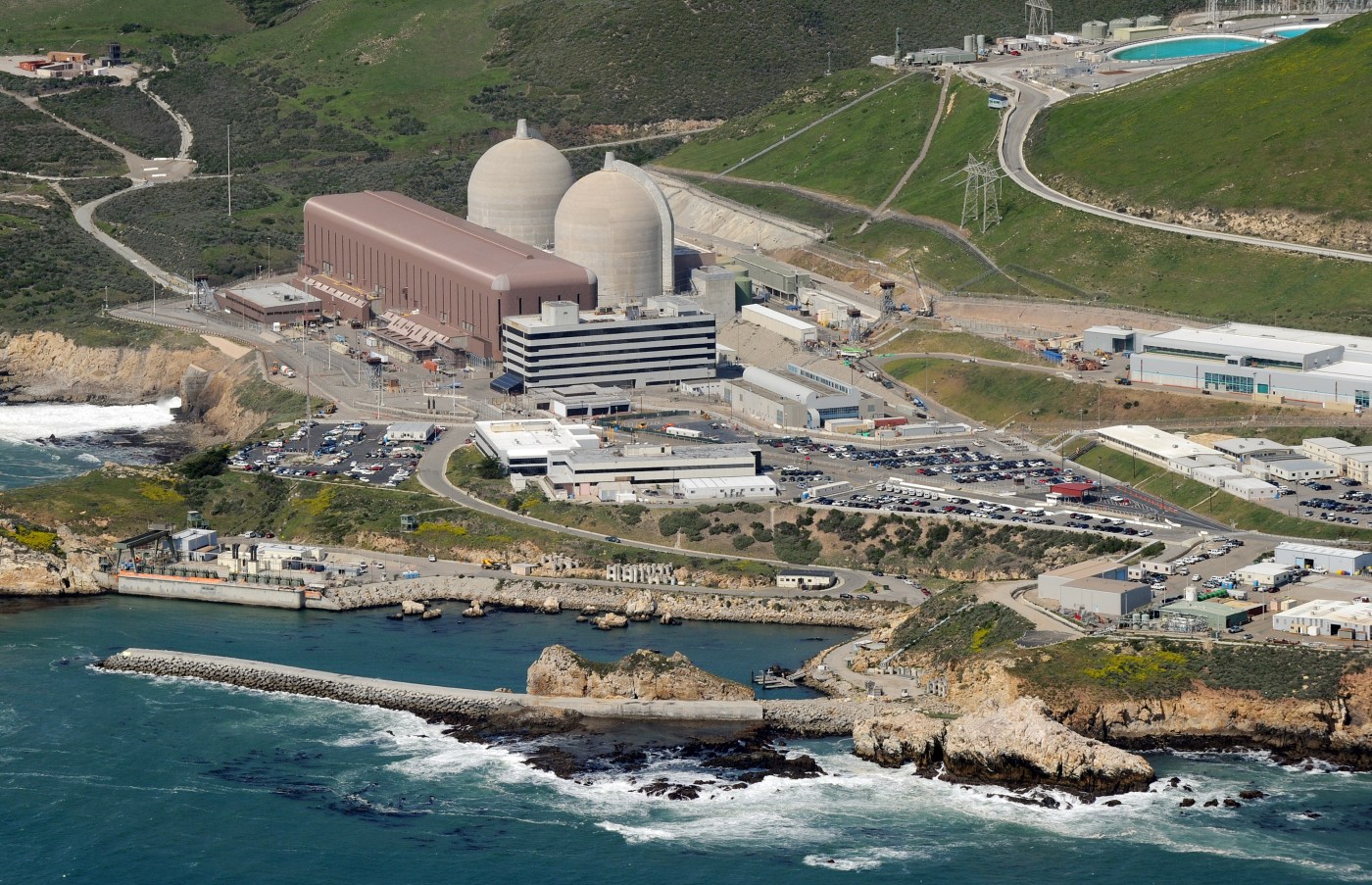
PG&E bills could hop higher in 2026 due to plans tied to nuclear plant
OAKLAND — PG&E monthly electricity bills might hop higher due to a plan to keep the Diablo Canyon nuclear power plant operating long-term along a scenic and pristine stretch of California coastline.
The ominous prospect that PG&E customers may face higher monthly bills — yet again — emerged in a regulatory filing posted on Oct. 11 with the state Public Utilities Commission.
The filing consisted of updated testimony supplied by PG&E regarding the future of the Diablo Canyon Power Plant, a nuclear plant that PG&E owns and operates near Avila Beach in San Luis Obispo County.
Diablo Canyon previously had been slated to cease operations in 2025 with the shutdown of one of its two reactors this year and the second reactor next year.
State officials, however, determined that California’s increasing push to rely on clean sources of energy as part of a shift to a green energy future could mean blackouts due to power shortages — unless officials scrubbed the plans to shut down Diablo Canyon’s reactors.
It turns out, however, that PG&E customers, as well as the ratepayers for Southern California Edison in the Los Angeles area and San Diego Gas & Electric in the San Diego County region, face the forbidding possibility of higher monthly bills.
Oakland-based PG&E anticipates that monthly electricity bills will increase by an average of $3.44 for the typical residential customer who uses 500 kilowatt-hours of electricity every 30 days, according to the filing with the state PUC.
The proposed monthly electricity bill of $215.89 in 2026 would represent an increase of 1.6% from the monthly bill of $212.45 that went into effect on Oct. 1 of this year, the regulatory filing states.
PG&E is facing criticism primarily because the utility’s residential service charges have climbed steadily in recent years.
In 2023, PG&E’s monthly bills for residential customers soared 22.3%. Over the same 12 months, the Bay Area inflation rate rose 2.6%.
Put another way, PG&E bills for combined electricity and gas services jumped eight times faster than the overall rise in Bay Area consumer prices.
In April, PG&E Chief Executive Officer Patricia Poppe, during an impromptu interview with this news organization, said she believes PG&E customers can expect lower monthly bills on a sustained basis — which would be a dramatic turnaround from the recent pattern of steadily rising utility costs.
“We see a future where customers’ bills can start to come down,” Poppe said in the interview.
Regarding the Diablo Canyon Power Plant proposal, PG&E noted that state government officials see the aging nuclear complex as a way to keep the lights on as demand increases for electricity in California.
“During extended operations, the plant will be used to support statewide electrical reliability, rather than only serving PG&E’s bundled service customers,” said PG&E spokesperson Suzanne Hosn. Bundled service customers receive both generation and distribution services from PG&E, Hosn added.
PG&E believes that long-term, customers could save $6.46 a month with Diablo Canyon operating through 2030 instead of ceasing electricity generation next year as originally planned.
Plus, the costs of the plant’s operations will be shared with PG&E customers by Southern California Edison and San Diego Gas & Electric ratepayers.
However, some critics of PG&E believe the utility isn’t disclosing the full costs expected to accompany the operation of the Diablo Canyon nuclear plant through 2030.
“Sticker shock” looms for PG&E customers, The Alliance for Nuclear Responsibility, an activist group, claims. “PG&E blatantly underestimates and misrepresents the true costs” of the power plant, the alliance added in its statement.


